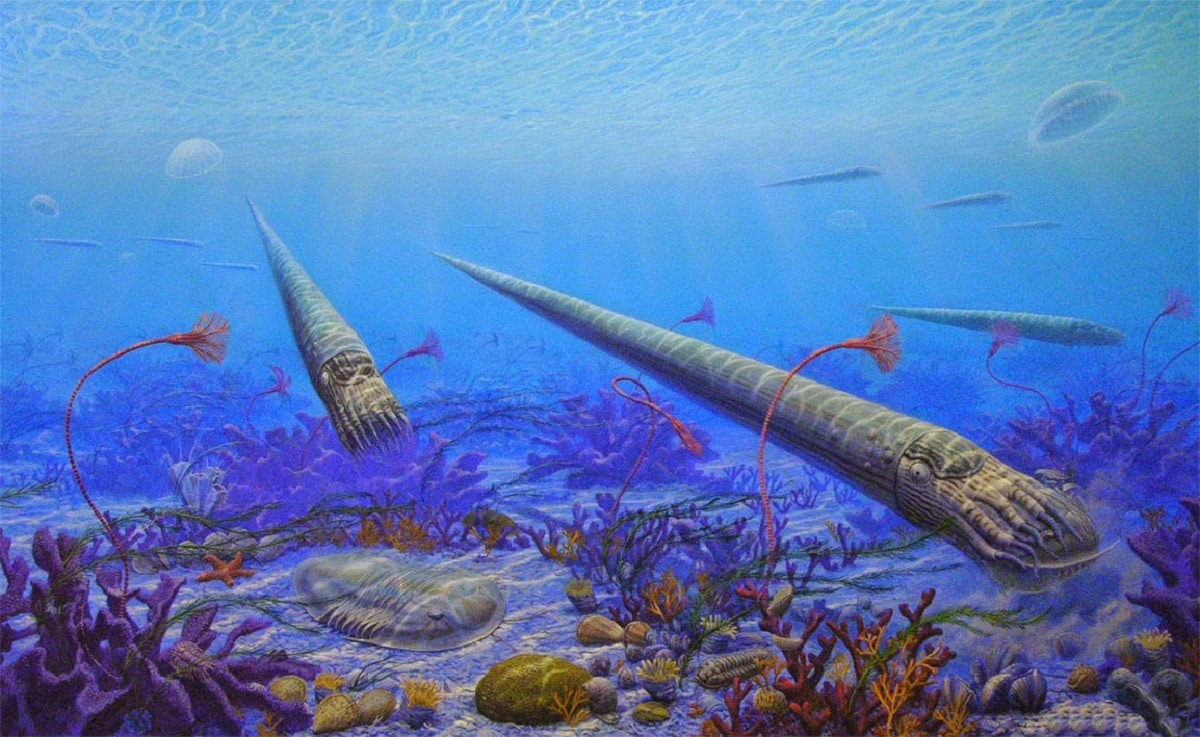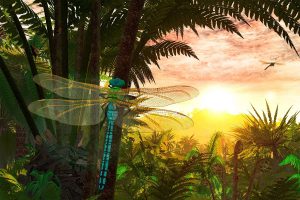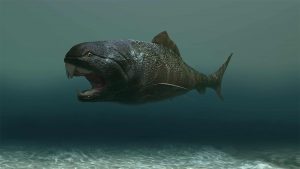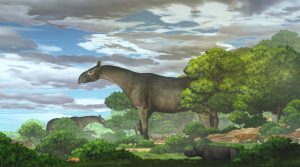
18 interesting facts about Silurian Period
- 👁️ 1085
The Silurian Period, a chapter in Earth’s history that unfolded approximately 443.8 million to 419.2 million years ago, marked a time of significant evolutionary advancements and environmental changes. Following the catastrophic events that concluded the Ordovician Period, the Silurian era witnessed the stabilization of the planet’s climate, leading to a proliferation of life in marine environments and the colonization of terrestrial landscapes. This period is notable for the appearance and diversification of early vascular plants, marine life, and the first clear evidence of life on land. The Silurian Period set the stage for the complex ecosystems that would continue to evolve in the subsequent Devonian Period. Here are 18 interesting and informative facts about the Silurian Period that highlight its importance in the history of life on Earth.
- The Silurian Period is named after the Silures, an ancient Celtic tribe that lived in present-day southeastern Wales where Silurian rocks were first identified.
- It lasted for approximately 24.6 million years, from 443.8 million to 419.2 million years ago.
- The period saw the first confirmed terrestrial ecosystems, with the earliest vascular plants, such as Cooksonia, beginning to colonize land.
- Marine life flourished during the Silurian, with coral reefs, brachiopods, trilobites, and the first jawed fishes appearing in the fossil record.
- The climate of the Silurian was generally warm and stable, with no evidence of widespread glaciation.
- The end of the Ordovician mass extinction, one of the largest in Earth’s history, led to significant biological changes that continued into the Silurian.
- Silurian rocks are known for containing extensive deposits of salt, gypsum, and hydrocarbons, indicating the evaporation of vast inland seas.
- Eurypterids, or sea scorpions, were among the top predators in Silurian oceans, with some species reaching over two meters in length.
- The Silurian Period saw significant developments in fish, including the evolution of bony fish and the first appearance of sharks.
- Land-dwelling arthropods, such as millipedes and early relatives of spiders and insects, began to emerge during this time.
- The colonization of land by plants and animals in the Silurian set the foundation for terrestrial ecosystems that would further diversify in the future.
- The first known fossil evidence of fungal life, important for the breakdown of plant material on land, dates back to the Silurian.
- Major geological events included the closing of the Iapetus Ocean and the beginning of the Caledonian orogeny, which formed mountains across what is now North America and Europe.
- The Silurian Period witnessed the first clear evidence of life in freshwater environments.
- Atmospheric oxygen levels increased significantly during the Silurian, partly due to the spread of land plants that contributed to air oxygenation through photosynthesis.
- Silurian soils show evidence of the first simple root systems, indicating the evolution of plants capable of anchoring themselves and accessing nutrients from the soil.
- The diversity of coral species and reef ecosystems expanded remarkably in Silurian seas.
- The end of the Silurian was marked by a minor mass extinction event that affected marine life, setting the stage for the Devonian Period’s evolutionary advances.
The Silurian Period was a time of recovery, diversification, and significant evolutionary milestones that shaped the course of life on Earth. From the establishment of the first terrestrial ecosystems to the burgeoning diversity of marine life, the Silurian laid crucial groundwork for the complex biological and ecological developments that would follow. As we continue to study and unravel the mysteries of this pivotal period, the Silurian reminds us of the resilience and adaptability of life in the face of changing environments and challenges.











